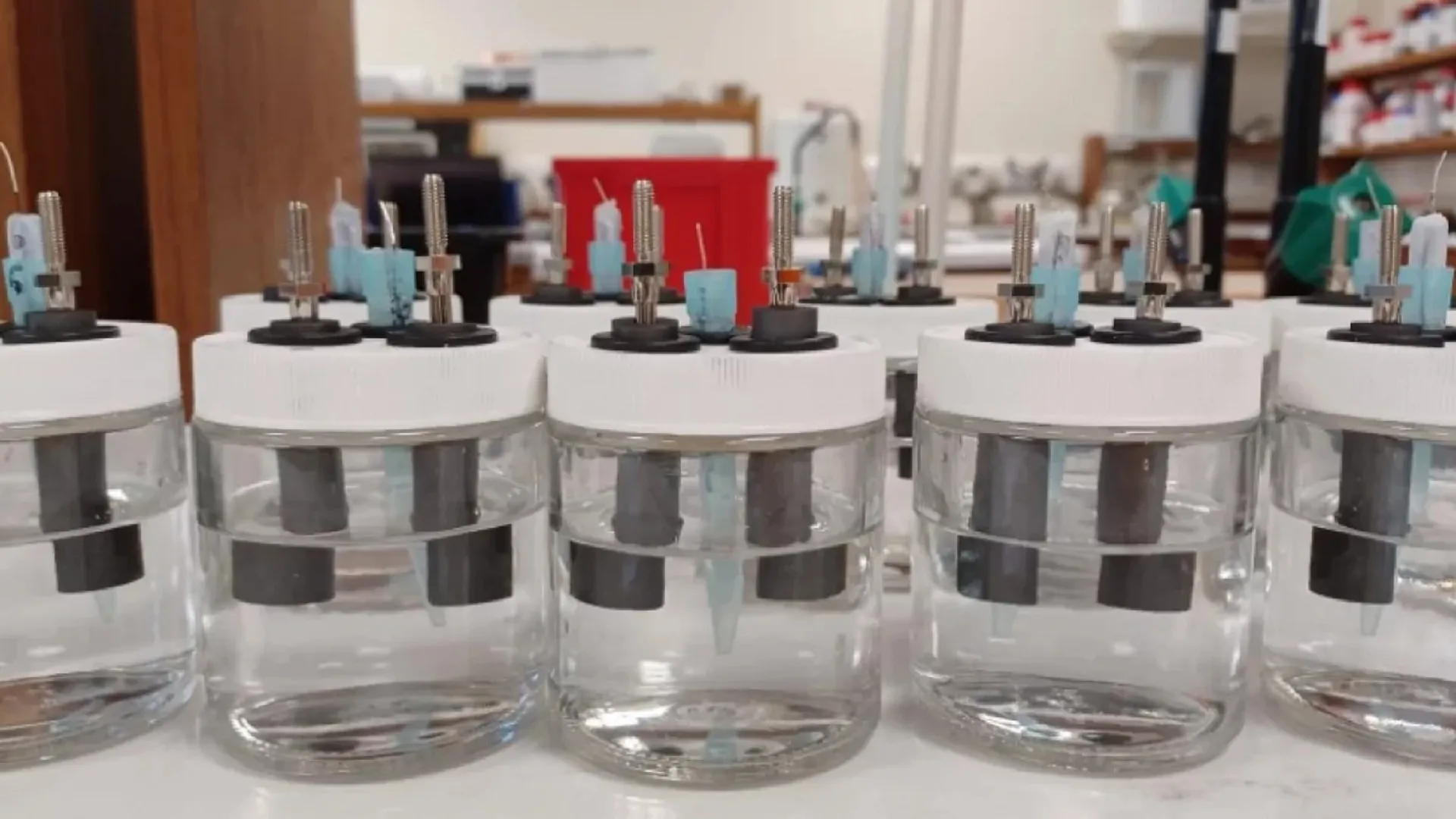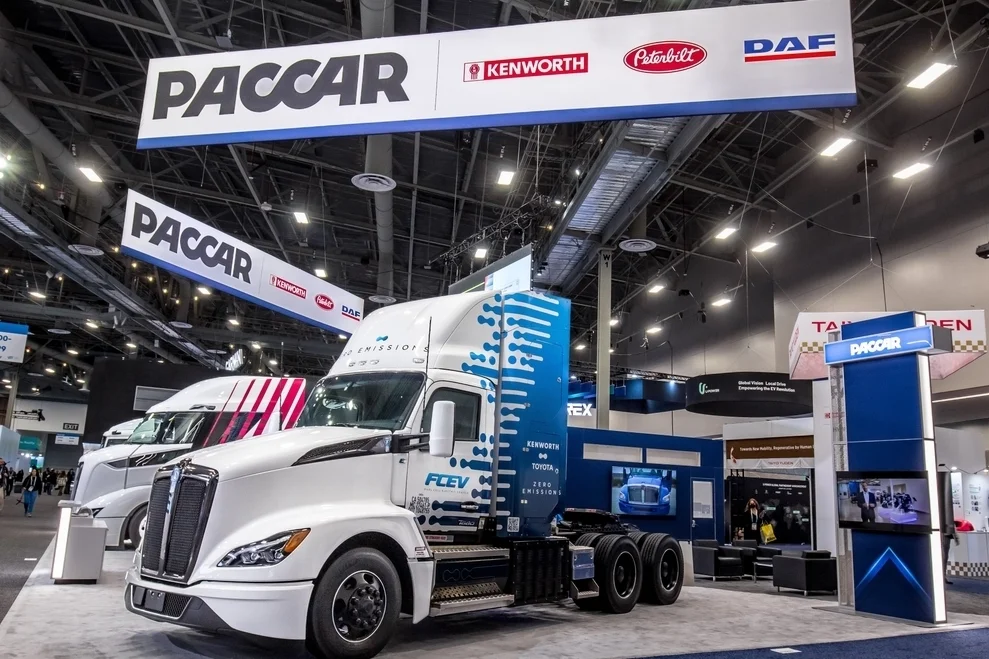Copyright Interesting Engineering

A drop of water is changing battery science. Scientists at the University of Surrey have discovered a simple tweak that could boost sodium-ion battery performance, by leaving water inside a key component rather than removing it. This breakthrough could help make energy storage greener, cheaper, and more efficient with the surprising possibility of turning seawater into drinking water. Unlike lithium-ion technology, which currently dominates the energy storage market and relies on expensive, environmentally damaging materials, sodium is far more abundant and widely available. However, creating sodium-ion batteries that can compete on performance has long been a challenge. The researchers showed that an existing sodium-based material, sodium vanadium oxide, performs significantly better when the water it naturally contains is retained. The material, called nanostructured sodium vanadate hydrate (NVOH), stores more charge, charges faster, and remains stable for over 400 charge cycles. In tests, the “wet” version of NVOH held almost twice as much charge as typical sodium-ion materials, placing it among the best-performing cathodes reported to date. Rethinking battery assumptions “Our results were completely unexpected. Sodium vanadium oxide has been around for years, and people usually heat-treat it to remove the water because it’s thought to cause problems. We decided to challenge that assumption, and the outcome was far better than we anticipated,” said Dr Daniel Commandeur, Surrey Future Fellow. “The material showed much stronger performance and stability than expected and could even create exciting new possibilities for how these batteries are used in the future.” The research team also tested how the material behaves in salt water, one of the most challenging environments possible. Results showed it continued to function effectively while removing sodium from the solution, as a graphite electrode extracted chloride, a process known as electrochemical desalination. “Being able to use sodium vanadate hydrate in salt water is a really exciting discovery, as it shows sodium-ion batteries could do more than just store energy — they could also help remove salt from water” Dr Commandeur said. In the long term, that means we might be able to design systems that use seawater as a completely safe, free and abundant electrolyte, while also producing fresh water as part of the process.” Safer, scalable, sustainable This breakthrough could accelerate the development of sodium-ion batteries as a viable alternative to lithium-based technology. Using abundant, low-cost materials makes these batteries safer and more sustainable, with potential applications ranging from storing renewable energy on the grid to powering electric vehicles. The Surrey team’s approach also simplifies the manufacturing process for high-performance sodium batteries, bringing large-scale, commercially viable energy storage a step closer. By retaining water in the NVOH material, researchers have uncovered a dual benefit: enhanced battery performance and the potential for electrochemical desalination, paving the way for multi-purpose battery technologies. With these findings, sodium-ion batteries may finally challenge lithium-ion dominance while also contributing to cleaner energy solutions and addressing freshwater scarcity.



